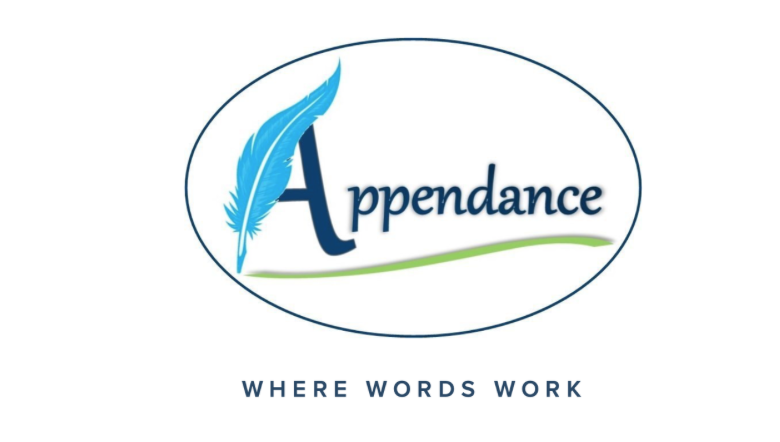Make Every Word Count Because Nobody Wants to Read Anything
Our professional writing has to be concise because, unfortunately, no one wants to read anything. Most of the people who are reading your messages or are writing to you are doing so because they need to get things done, or we need them to get things done. They need to have information. Rather than reading to enjoy your emails, like they would a good book, they are reading the message trying to figure out: Why are you writing to me? And, what am I supposed to do with this?
Read More